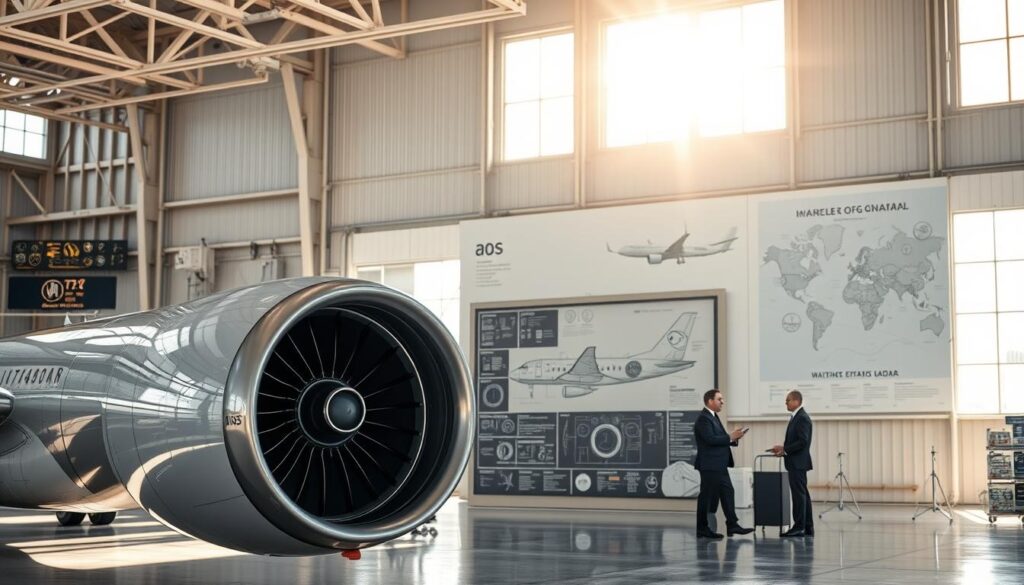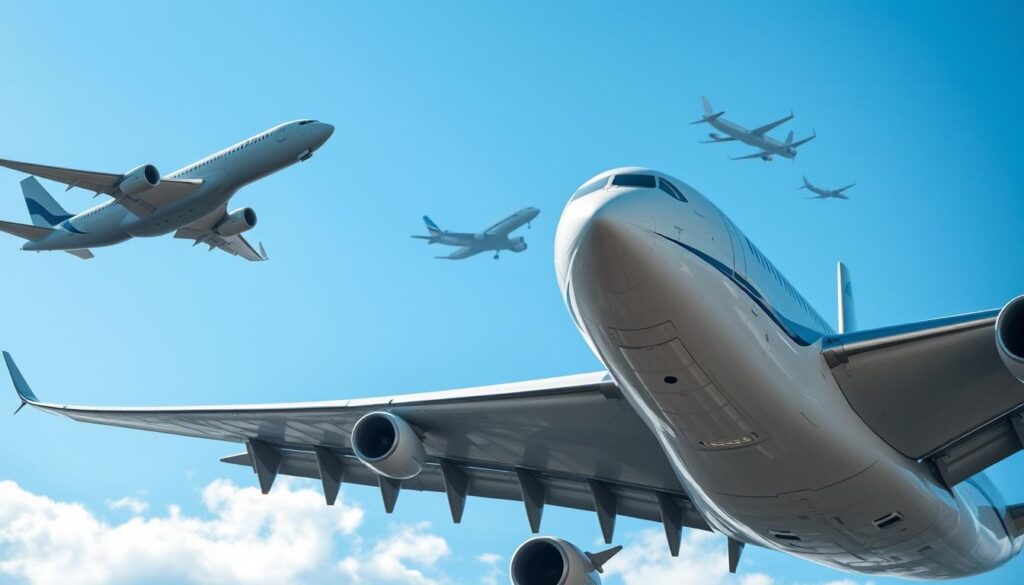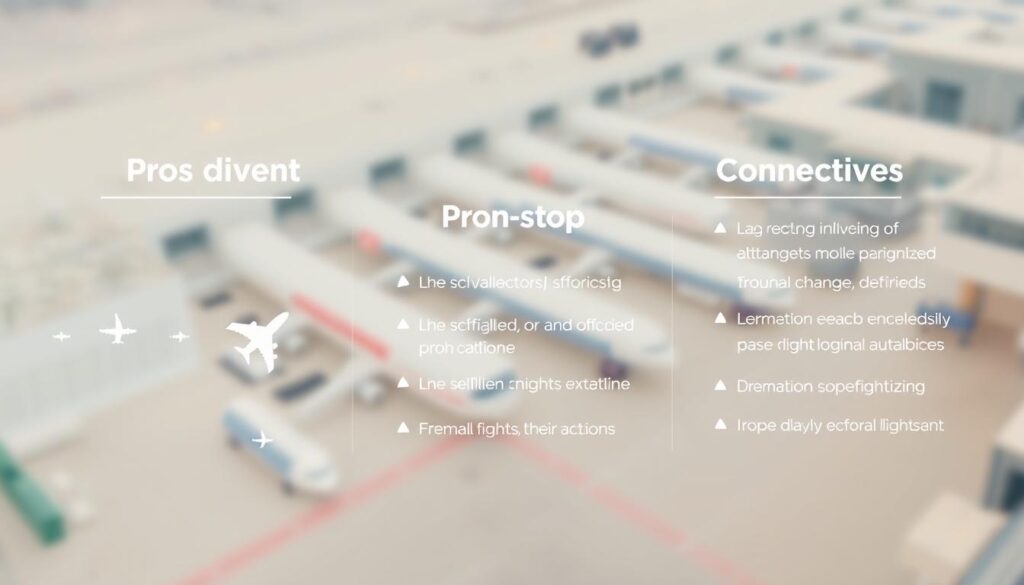The Difference Between Direct, Nonstop, and Connecting Flights
When planning a trip, understanding the various flight options is crucial for making informed decisions about your travel arrangements.
Choosing the right flight type can significantly impact your travel experience. Whether you’re looking for a quick, hassle-free journey or are open to exploring different routes, knowing the differences between direct, nonstop, and connecting flights is essential.
By understanding these differences, you can better navigate the complexities of flight booking and make choices that suit your needs and preferences.
Understanding Flight Terminology
The world of air travel can be complex, with terms like ‘direct,’ ‘nonstop,’ and ‘connecting’ often causing confusion. Understanding these terms is essential for choosing the right flight for your needs.
A nonstop flight is a flight that travels from the departure airport to the arrival airport without any stops in between. On the other hand, a direct flight may stop at one or more airports before reaching its final destination, but it is still considered a single flight with the same flight number.

A connecting flight involves changing planes at one or more airports before continuing on to your final destination. This means you’ll have to disembark from one flight and board another, often with a different airline or flight number.
Understanding the differences between these flight types can help you make informed decisions when booking your travel. By knowing what to expect, you can better plan your trip and minimize potential stress.
The Difference Between Direct, Nonstop, and Connecting Flights
Navigating the world of air travel requires understanding the differences between direct, nonstop, and connecting flights to choose the best option for your needs. When booking a flight, the terms direct, nonstop, and connecting are often used, but understanding their distinctions is key to a smooth travel experience.
A nonstop flight is a flight that travels from one destination to another without making any stops. This type of flight is ideal for travelers who want to reach their destination quickly and efficiently. On the other hand, a direct flight may make one or more stops, but passengers do not need to change planes. Direct flights are convenient as they reduce the hassle of changing planes, but they may take longer than nonstop flights due to the stops.

Connecting flights require passengers to change planes at one or more airports before reaching their final destination. While connecting flights can sometimes be cheaper, they can also be more time-consuming and may increase the risk of delays or lost luggage.
Understanding the difference between nonstop and connecting flights is crucial for travelers to make informed decisions. Nonstop flights offer the convenience of not having to change planes, while connecting flights provide more flexibility in terms of routing and sometimes cost.
When choosing between direct, nonstop, and connecting flights, travelers should consider their priorities, whether it’s saving time, reducing the risk of delays, or minimizing costs. By understanding the characteristics of each flight type, travelers can make the best choice for their travel needs.
Pros and Cons of Each Flight Type
To make the most out of your flying experience, it’s vital to weigh the pros and cons of direct, nonstop, and connecting flights. Each type of flight has its unique advantages and disadvantages.
Nonstop flights are ideal for travelers who prioritize convenience and time savings. They offer a straightforward travel experience without the need for layovers, making them particularly appealing for business travelers or those on tight schedules.
On the other hand, connecting flights can be more budget-friendly and offer opportunities to explore new destinations during layovers. However, they also come with the risk of delays and disruptions due to the complexity of managing multiple flight segments.

Direct flights often provide a convenient travel option, but it’s essential to understand that “direct” and “nonstop” are not always interchangeable terms. Direct flights may involve stops, but passengers typically remain on the same aircraft.
Key Considerations
When evaluating the pros and cons of each flight type, several factors come into play:
Travel time: Nonstop flights generally offer the shortest travel time, while connecting flights can significantly increase overall journey duration due to layovers.
Cost: Connecting flights are often cheaper, making them an attractive option for budget-conscious travelers.
Convenience: Nonstop and direct flights are typically more convenient, reducing the hassle associated with changing planes.
Potential disruptions: Connecting flights carry a higher risk of delays or cancellations due to the complexity of managing multiple segments.
By carefully weighing these factors, travelers can make informed decisions that best suit their needs and preferences.
How Flight Types Impact Your Travel Experience
The flight type you select plays a crucial role in determining your travel experience. Different flight types can significantly affect various aspects of your journey, including overall travel time, comfort, and stress levels.
Nonstop flights are often considered the most convenient option, as they eliminate the need to change planes, reducing travel stress and minimizing the risk of delays. This can be particularly beneficial for travelers with tight schedules or those who are anxious about connecting flights.
On the other hand, connecting flights might offer more flexibility in terms of scheduling and pricing. While they may increase travel time, they can also provide opportunities to explore additional destinations or break up a long journey.
Direct flights, while similar to nonstop flights, may involve a stop but not a change of planes. These flights can still offer a relatively seamless travel experience, though the stop might slightly extend the travel time.
Ultimately, understanding how different flight types impact your travel experience can help you make informed decisions when booking flights. By considering factors such as travel time, comfort, and stress levels, you can choose the flight type that best suits your needs and preferences.
How to Choose the Right Flight Type for Your Needs
When planning your trip, selecting the right flight type can make all the difference in your travel experience. To make an informed decision, consider factors such as your budget, travel schedule, and personal preferences.
Budget Considerations play a significant role in choosing your flight type. If you’re on a tight budget, you might opt for a connecting flight, which can often be cheaper than a nonstop or direct flight.
Exploring Connection Cities
If you do choose a connecting flight, you might have the opportunity to explore a new city. Some airlines offer free stopover programs that allow you to leave the airport and experience the city for a day or more.
For example, if you’re flying from New York to Los Angeles with a connection in Chicago, you could spend a few hours exploring the Windy City. This can turn a potentially dull layover into a mini-adventure.
Minimizing Connection Stress
To minimize stress when connecting flights, plan ahead. Check the airline’s minimum connection time and ensure you have enough time to make your next flight.
Tips for a Smooth Connection include staying informed about flight delays, knowing the gate information for your next flight, and considering the distance between gates if you have a tight connection.
By understanding your options and planning carefully, you can choose the right flight type for your needs and enjoy a stress-free travel experience.
Conclusion
Ultimately, the choice between direct, nonstop, and connecting flights depends on your specific travel needs and priorities. Understanding the differences between these flight types is crucial to making an informed decision that suits your travel plans.
By considering factors such as travel time, layovers, and personal preferences, you can choose the flight type that best aligns with your needs. Whether you prioritize convenience, cost, or flexibility, being aware of the distinctions between direct, nonstop, and connecting flights will help you navigate the complexities of air travel.
As you plan your next trip, apply the insights gained from understanding the differences between these flight types to make a more informed choice, ensuring a smoother and more enjoyable travel experience.
